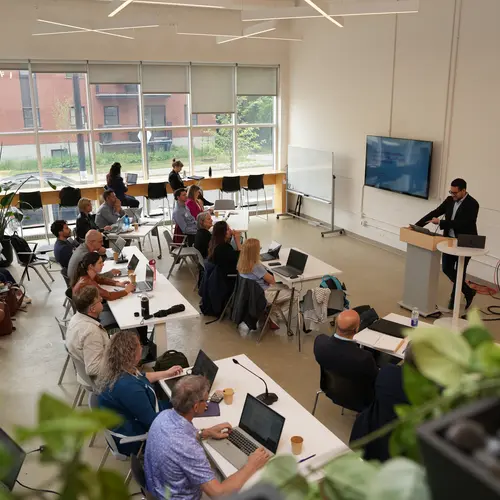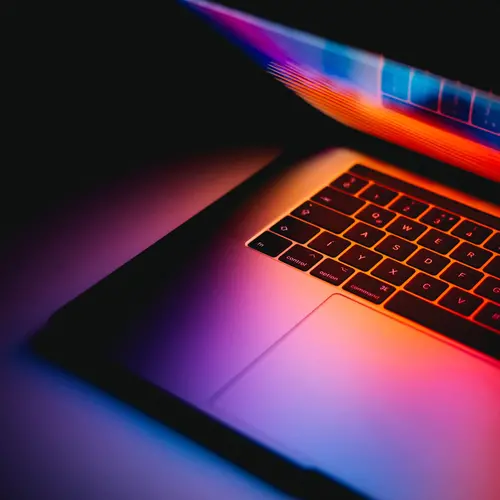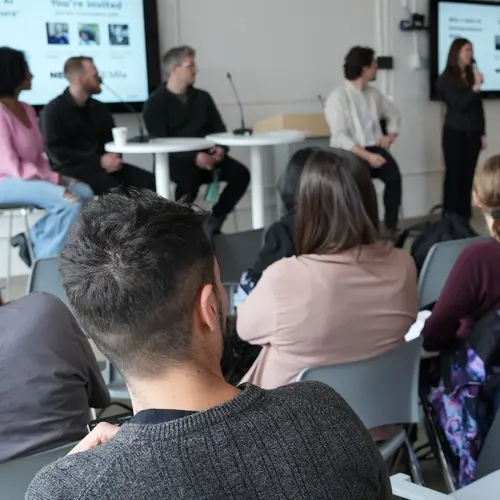
Eilif Benjamin Muller
Biographie
Eilif B. Muller est un neuroscientifique et un chercheur en intelligence artificielle. Il utilise des approches informatiques et mathématiques pour étudier les mécanismes biologiques et algorithmiques de l'apprentissage dans le néocortex des mammifères. Il a obtenu un baccalauréat (2001) en physique mathématique de l'Université Simon Fraser, ainsi qu’une maîtrise (2003) et un doctorat en sciences naturelles (2007) en physique avec une spécialisation en neurosciences computationnelles de l'Université Ruprecht Karl de Heidelberg, l’université la plus ancienne d'Allemagne. Eilif B. Muller a entrepris son travail postdoctoral (2007-2010) au Laboratoire de neurosciences computationnelles de l’EPFL (Suisse) avec le professeur Wulfram Gerstner, en se concentrant sur la dynamique des réseaux, la technologie de simulation et la plasticité.
Par la suite, il a dirigé (2011-2019) l'équipe de recherche du Blue Brain Project, à l'EPFL, qui a ouvert la voie aux neurosciences in silico, une simulation inédite des tissus cérébraux basée sur les données. En 2015, Eilif B. Muller et ses collègues ont publié l’étude phare « Reconstruction and Simulation of Neocortical Microcircuitry » dans la revue Cell, décrivant « la simulation la plus complète d'un morceau de matière cérébrale excitable à ce jour », selon Christof Koch (président et directeur scientifique de l'Allen Institute for Brain Science). Cette approche lui a permis ainsi qu’à son équipe de contribuer de manière significative à la compréhension de la structure, de la dynamique et de la plasticité du néocortex, ce qui a donné lieu à des publications dans des revues de premier plan telles que Nature Neuroscience, Nature Communications et Cerebral Cortex.
En 2019, Eilif B. Muller a déménagé à Montréal, attiré par la communauté de recherche en neuro-IA florissante. Il y a d’abord été chercheur principal chez Element AI, avant sa nomination à l'Université de Montréal et au CHU Sainte-Justine, où il a lancé le Laboratoire des architectures d’apprentissage biologique (ABL-Lab).




